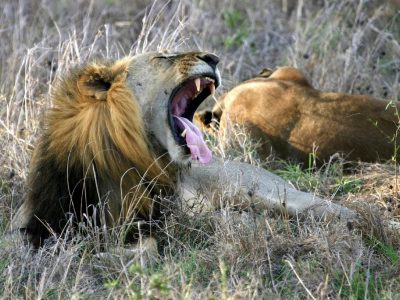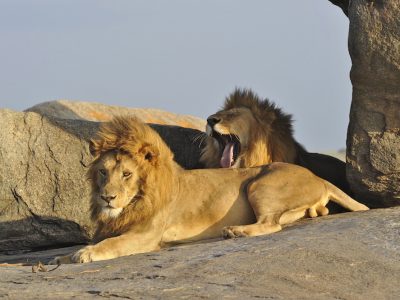About Tarangire National Park
Tarangire National Park, The open grasslands, acacia trees and the Tarangire River paint the wild landscape. The main activities are game drives, walking safari with armed guides (rangers) and night game drives. During game drives, you will spend your days on searching of eland, oryx, wildebeests, zebras and a large elephant population. Keep your eyes trained for hartebeests, gazelles and exotic birds like the bateleur and martial eagle.
Tarangire matches well with northern circuit safari programs. It takes approximately two hours’ drive from Arusha town to Tarangire gate and you can easily drive from Tarangire to Serengeti national park via Mto wa mbu village, Karatu and the Ngorongoro conservation area.
Named after the river of the same name that winds its way through it, Tarangire extends over some 2,600 square kilometers (1,615 square miles) in the Rift Valley. Arid and studded with giant termite mounds, it is here that you can witness massive herds of elephant, with some reaching as many as 500 individuals.
During the dry season the park becomes a haven for many migratory species, and this is the best time to see animals as they cluster around water sources. When the rains arrive the animals become more widely distributed once more and the region’s swamps are alive with bird life. The many herds of elephant, buffalo, wildebeest, impala, gazelle and eland feast on the green shoots, eventually depleting them and being forced to return to the river systems once more.
The park boasts both the heaviest bird – the Kori Bustard – as well as the largest – the Stocking Thighed Ostrich. It is also one of the best places to encounter the bulging baobab tree, with many thousands covering the arid hills. Lions climb into the trees to relax, making for a very photogenic safari experience, and the tiny brightly coloured parrot, the Fischer’s Lovebird, is a common sight along the Tarangire River.
The best time to visit Tarangire is around the end of the dry season, when water levels are at their lowest and game concentrations their highest (September to November), although a visit at any time of year will yield a profusion of wildlife, especially if you are interested in seeing birds.





